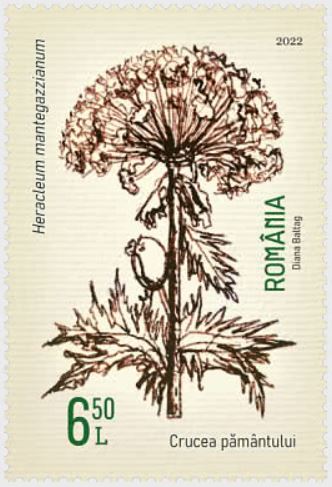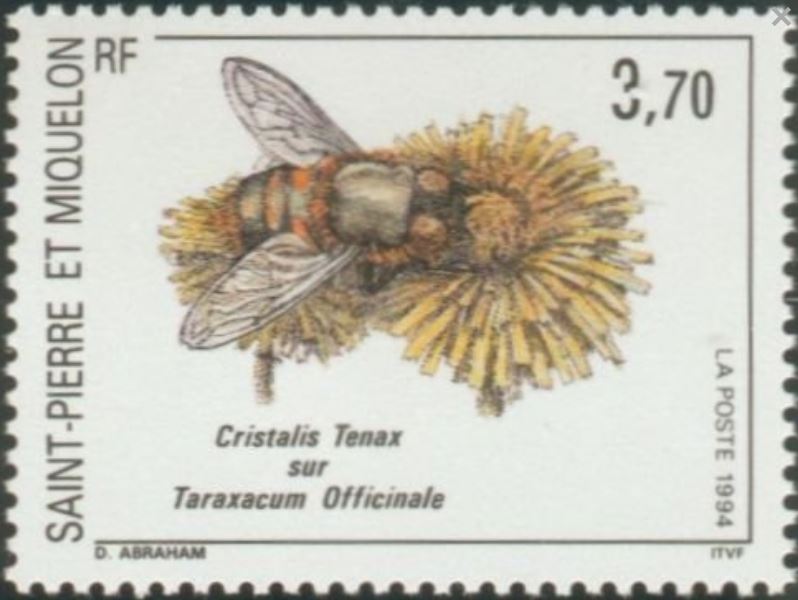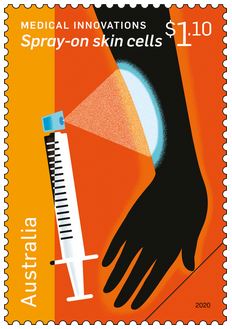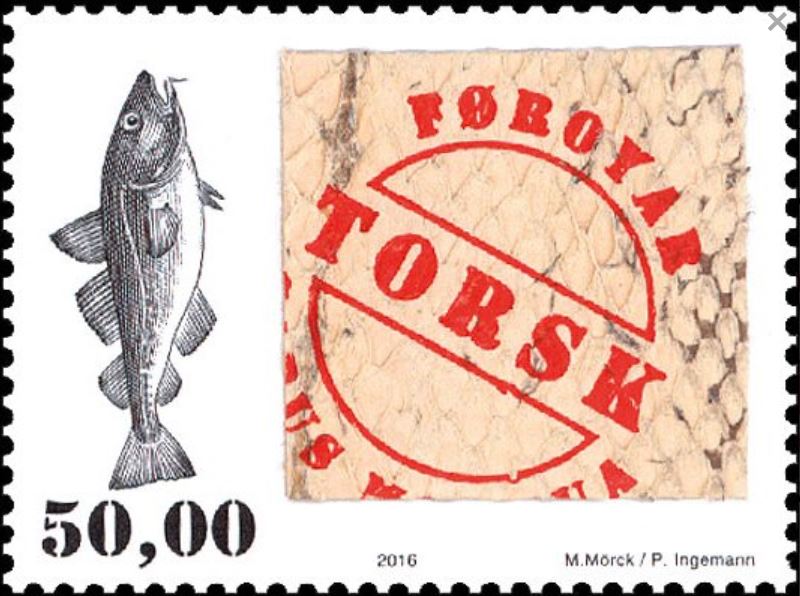
Issued on: 2022-06-24; 33 x 48 mm; multicolour; designer: Diana Baltag; offset lithograph; L6.50 – Romanian lei; edition: 11668; issued in blocks of 32 and miniature sheet with five stamps and decorative label
In Romania, a series of stamps was issued in June 2022, focusing on invasive plants in Europe. Invasive species are species that, by spreading into habitats they did not originally colonize, can harm native species or ecosystems there and therefore harm biodiversity. In other words, an invasive species in Europe is not necessarily an invasive species in the Americas.
An example of such an invasive species – which are also called neophytes – is giant hogweed (Heracleum mantegazzianum Sommier & Levier, .). This umbellifer, which can grow up to 3 m tall, originates from the Caucasus and has been an “official” (= it is on the European Union’s list of invasive species) invasive neophyte in Europe and North America since 2017. In Switzerland, it has had this status since 2019. It is generally assumed that the species reached large parts of northwestern Europe in the 19th century and was still planted in gardens and parks in the 21st century because of its large attractive flowers.

Other neophytes named in this series were thick-stemmed water hyacinth (3 lei), narrow-leaved waterweed (10 lei), cruciferous shrub (10.50 lei), and on the FDC strike, American skunk cabbage.

Hoverflies: some specimens are easily confused with bees.
A major contribution to the spread of giant hogweed in Central Europe was that the plant was assumed to be of economic use. For example, as a food plant for bees, until it was discovered that the bees buzzing around on the giant hogweed are actually hoverflies. It was also planted in forestry – to fortify slopes and provide cover for game.
In the meantime, however, it is the growth on slopes that is considered a hazard. Unlike the root felt of a closed grass sward, the roots of giant hogweed have no slope stabilizing effect. In addition, grass growth dies in the shade of this plant’s large leaves. This shading also leads to a decrease in species diversity at giant hogweed sites. It also fails as a feeder plant for grazing livestock, so there may be yield loss when it grows in meadows. However, the ecological damage caused by giant hogweed may be overestimated and its status as a problematic neophyte result rather from its size and from the health risks it poses to humans.

Against burns: “Spray-on” skin stem cells (Australia 2020)

Against burns: Putting on fish skin; Färoer islands 2016: stamp with real cod skin
This is because furanocoumarins are contained in and on the entire plant, which cause phototoxic reactions after skin contact when subsequently irradiated by sunlight, i.e. it can be delayed by several hours or days. A short touch or even a longer stay in the vicinity of the giant hogweed (the furanocoumarins are also released by the plant into the environment) is already sufficient. The reactions are manifested in redness, skin inflammation, irritation and, in bad cases, painful blistering. These are similar to first- to second-degree burns and can cause weeping sores that last for weeks and hospitalization might be needed. Therefore, in case of contact, one should wash thoroughly afterwards, possibly also use alcohol, and avoid sunlight in the following days.

Unlike the rock band Queen, Genesis has not yet achieved philatelic honors.
I found it interesting that the giant hogweed was also mentioned by the rock band Genesis, namely in their song “The Return of the Giant Hogweed”. It is presented there as a real danger and one should “[…] turn and run, nothing can stop them, around every river and canal their power is growing […]”
